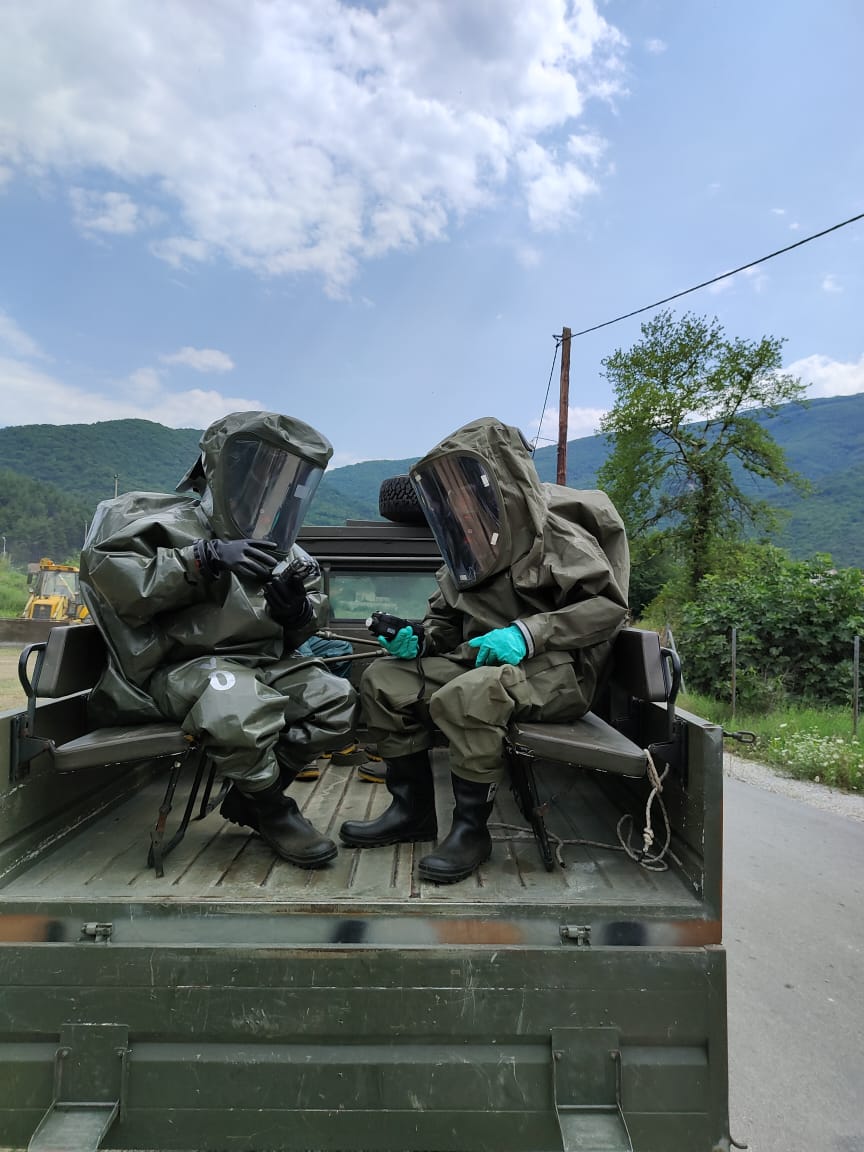The circumstances surrounding the crash and explosion of a large cargo plane transporting munitions from Serbia to Bangladesh on Saturday night in Kavala, northern Greece, killing all eight (8) of its Ukrainian crew, remained unknown on Monday.
The cargo of about 11.5 tons, mostly Serbian-made mortars, was dispersed throughout Antifilippon’s rural area. Experts are looking for answers to help solve the mystery of the crash.
The first is why a shipment of official arms sales from Serbia to Bangladesh was flown in an obsolete, 50-year-old aircraft. The company in charge of the plane has its virtual headquarters in Kiev and operates solely outside of Ukraine (over which there is a no-fly zone). It appears to have offices in a number of countries, including Serbia, and it is unclear whether or not its aircraft were properly maintained.
Another question is whether Athens was aware of the cargo’s contents. According to reliable sources, the company filed an application to fly over Greek territory in a document describing a route from Nis (Serbia) to Dhaka (Bangladesh) that crossed ten countries. After flying over Serbia, North Macedonia, and Greece, the plane was supposed to fly over Turkey, Israel, and Jordan, where it would make a stopover before continuing east over Saudi Arabia.
According to the same sources, the plan referred to the transportation of “dangerous goods,” which raises the cost for an airline operating such flights. According to sources, coordinated actions were taken by the prime minister’s diplomatic office in Athens and then by the General Staff of the Armed Forces on a technical level on Saturday night and Sunday morning in order to provide immediate information on the content, so that Greek army officials would know what to expect.
Another lingering question was whether Antonov had enough time to land, with the salvaged black box expected to provide answers. The aircraft’s signal indicates that the pilot, despite being aware of an engine problem, continued on a course over the Aegean Sea, east of Mount Athos, heading for Limnos, before deciding to turn north to Chrysoupolis airport in Kavala, which the Greek authorities indicated was the closest.
According to sources, the decision to fly to Kavala rather than Thessaloniki was critical, as a crash in the densely populated city would have had far-reaching consequences.
